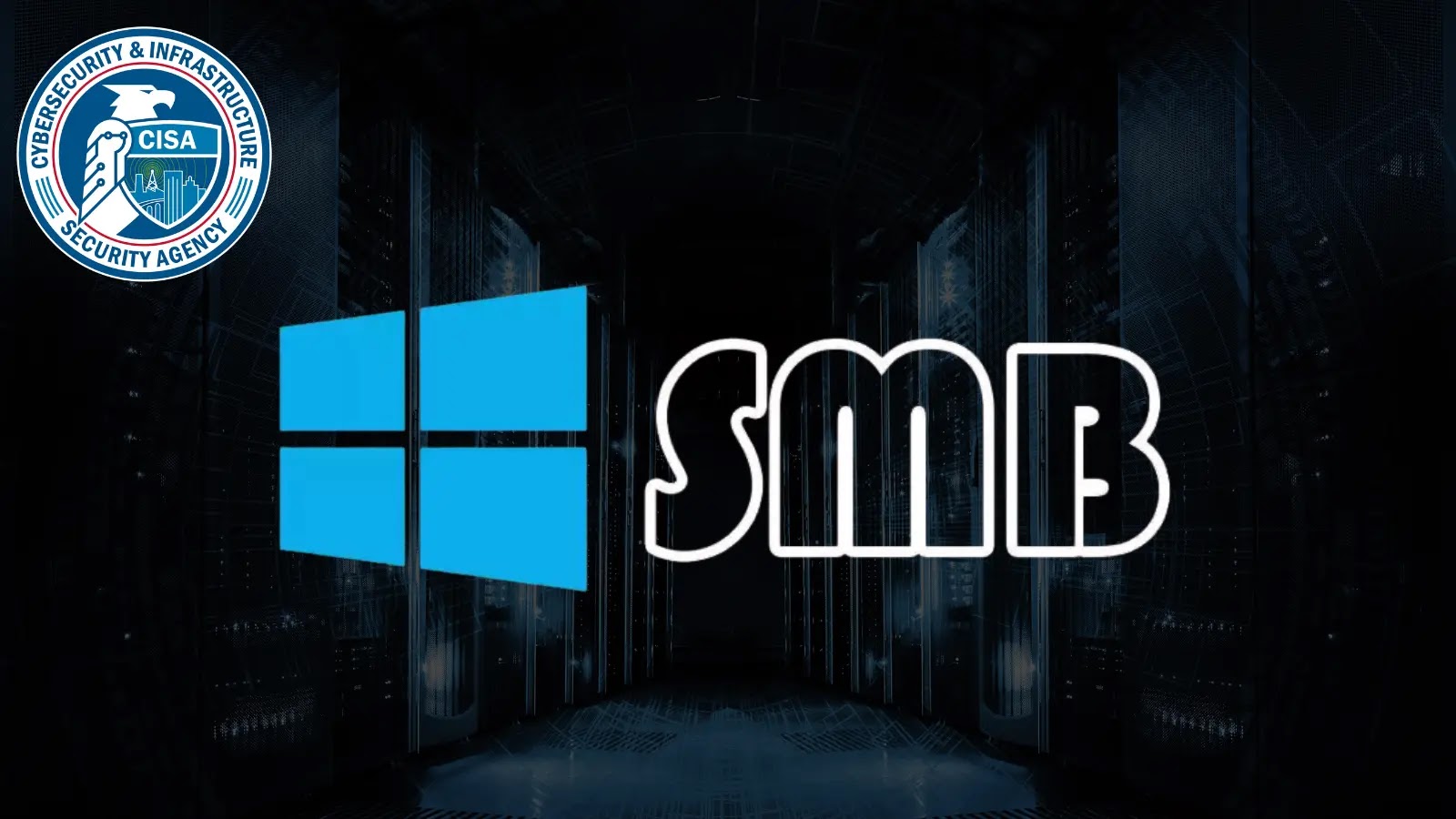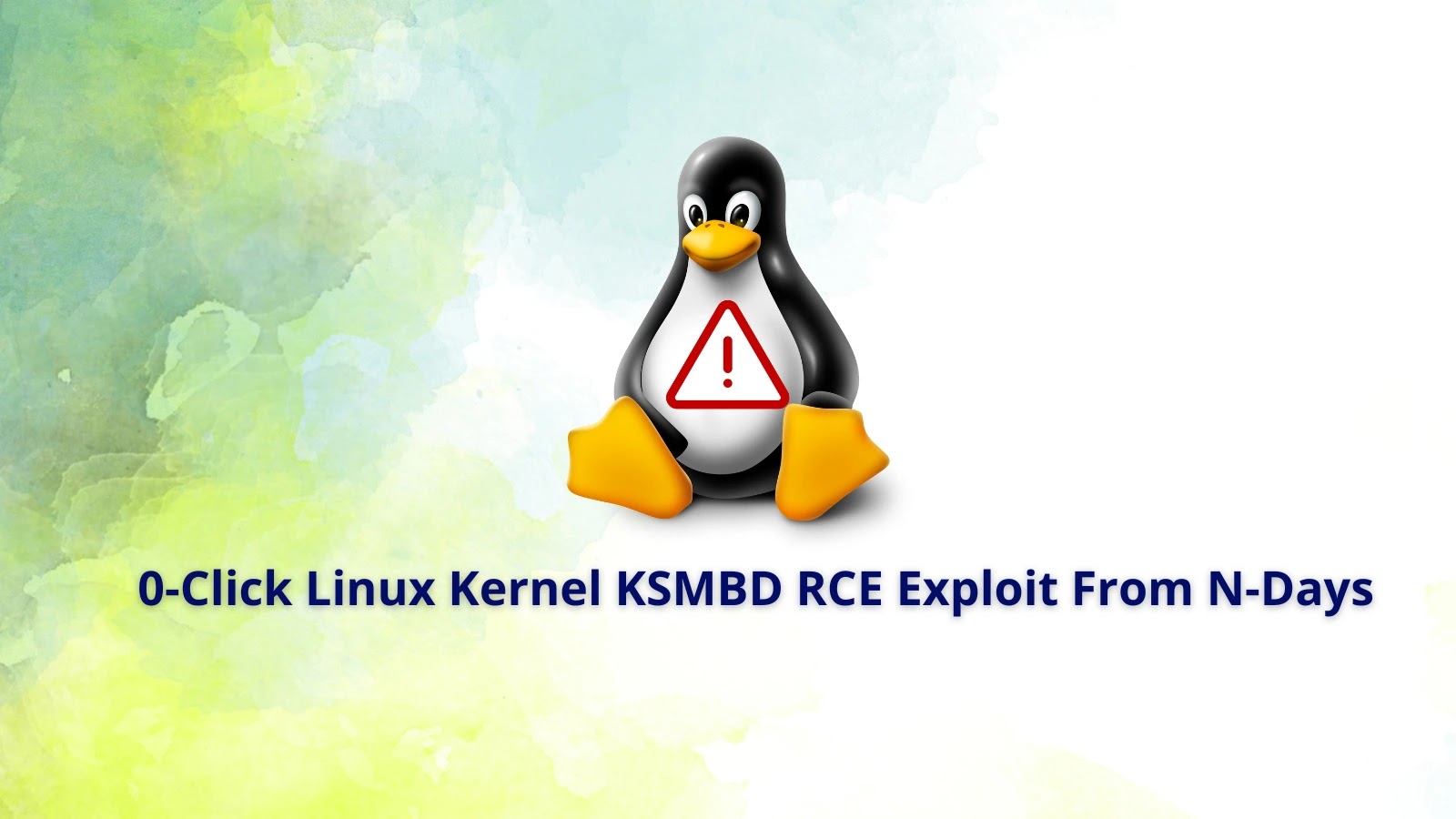On October 20, 2025, the Cybersecurity and Infrastructure Security Agency (CISA) released an urgent alert concerning a critical vulnerability in Microsoft’s Windows Server Message Block (SMB) Client, identified as CVE-2025-33073. This flaw, characterized by improper access control, poses a significant risk of privilege escalation, potentially granting attackers full control over affected systems.
Understanding the Vulnerability
The SMB protocol is integral to Windows operating systems, facilitating file sharing and network communications. The identified vulnerability exploits this protocol by allowing malicious actors to craft scripts that deceive a victim’s machine into initiating an SMB connection back to the attacker’s system. This coerced authentication can lead to unauthorized access and complete system compromise.
CISA has cataloged this vulnerability under CWE-284, which pertains to improper access control mechanisms. This classification highlights ongoing concerns regarding SMB’s authentication processes, which have been targeted by cybercriminals since the infamous WannaCry ransomware attack in 2017.
Exploitation Tactics
Attackers are leveraging this vulnerability through methods such as social engineering and drive-by downloads. In these scenarios, users inadvertently execute malicious payloads, triggering the SMB client to authenticate to the attacker’s server. This bypasses standard security measures and facilitates lateral movement within networks.
While CISA has not confirmed a direct link between this specific flaw and recent ransomware campaigns, the exploitation techniques bear similarities to those employed by groups like LockBit and Conti. These groups frequently exploit Windows protocols to gain initial access to systems.
The timing of this alert is particularly critical, as it follows a series of SMB-related exploits in 2025, including those targeting unpatched Azure environments. Experts caution that unpatched systems are vulnerable to data exfiltration and malware deployment, especially in sectors such as finance and healthcare.
Recommended Mitigation Strategies
CISA strongly advises organizations to take immediate action to mitigate this vulnerability:
1. Apply Security Patches: Implement Microsoft’s latest security updates as detailed in their advisories.
2. Adhere to Directives: Follow Binding Operational Directive (BOD) 22-01, particularly for federal cloud services.
3. Monitor SMB Traffic: Utilize tools like Windows Defender and third-party endpoint detection systems to detect anomalies in SMB traffic.
4. Disable SMBv1: If feasible, disable unnecessary SMBv1 features to reduce the attack surface.
5. Enforce Least-Privilege Access: Implement strict access controls to limit user permissions and reduce potential exploitation avenues.
Organizations are urged to scan for vulnerable instances using tools such as Nessus or Qualys. With a remediation deadline of November 10, 2025, prompt action is essential to bolster defenses against evolving Windows threats.



